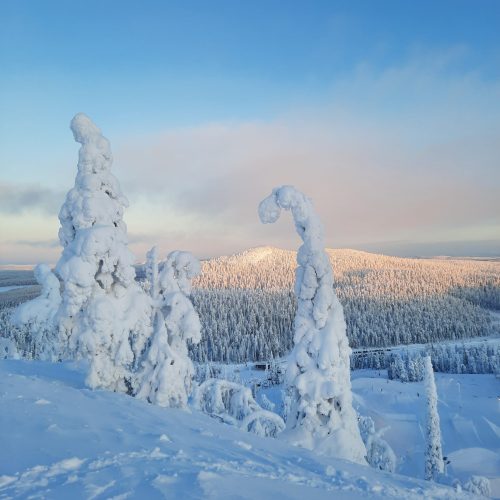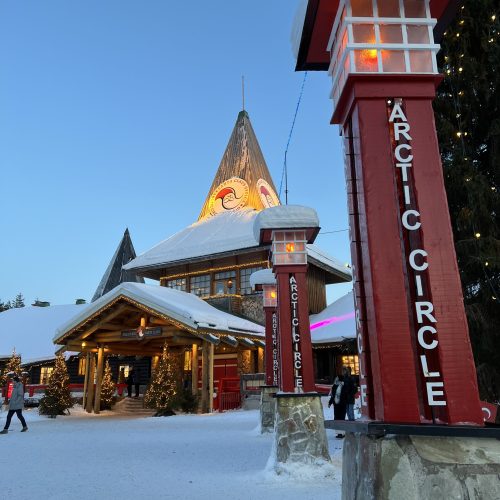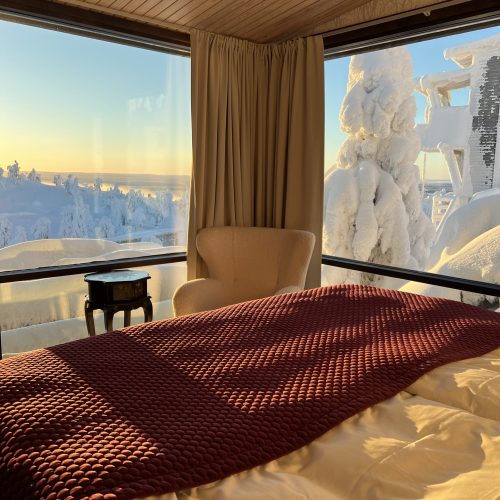Dress warm & pack for winter in Lapland
When heading to Lapland, dressing warmly and packing the right gear is essential to fully enjoy the Arctic experience. During winter, you can expect temperatures anywhere from 0 °C to -35 °C. With freezing temperatures, it’s important to stay comfortable and well-prepared for the cold while enjoying every adventure in the snow. This guide will help you pack everything you need to stay warm and ready for anything.
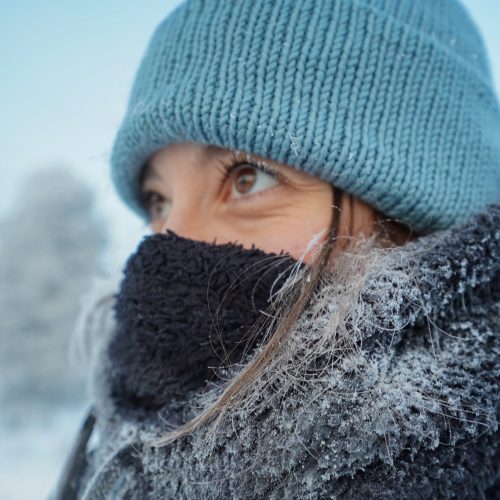
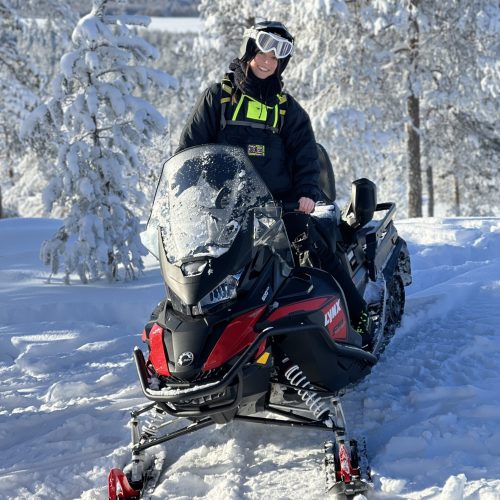
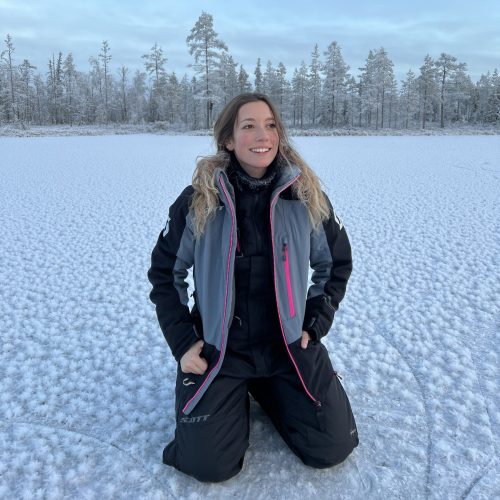
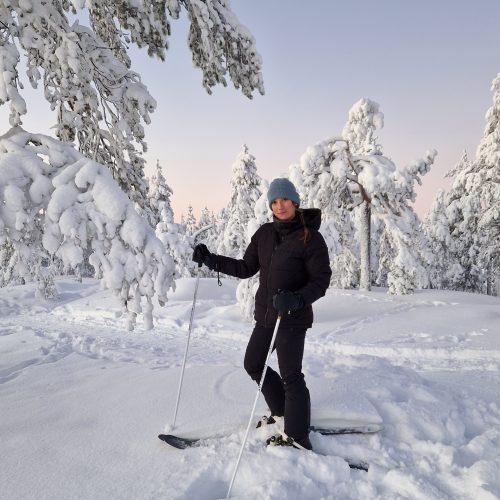
Wearing Layers
The secret to staying warm in cold climates is dressing in layers. Start with a thermal base layer made of synthetic materials or merino wool, which helps wick away moisture and keeps you dry. These can be found in stores like Intersport, Decathlon, etc. Avoid cotton, as it absorbs moisture, and if you sweat, you’ll quickly get cold.
Your second layer can be a fleece or a knitted wool sweater for added insulation. The outermost layer should be a windproof, water-repellent jacket. In very cold temperatures, you can add a fourth layer—such as a thermal base layer, fleece, wool sweater, and jacket. The most important thing is to have enough space between each layer to trap warm air. If your clothes are too tight, no matter how many layers you wear, you will still get cold.
Another essential habit is to remove a layer as soon as you start to feel warm. If you sweat and the moisture cools, you’ll feel damp and cold.
For your legs, wear a thermal base layer and thick ski pants on top. Again, allow space for air circulation, so consider wearing a size larger than usual.
When it comes to shoes, choose winter boots that feel comfortable and are one or even two size bigger to accommodate wool socks and a layer of air. Thicker soles provide better insulation from the cold ground. Make sure your shoes aren’t too tight, as this restricts circulation and leads to cold feet. Sometimes, a single pair of wool socks is warmer than wearing two or three pairs. If there’s enough space, you can wear a thin merino sock under your wool socks.
Single-use foot warmers are also helpful. When using them, make sure they aren’t directly against your skin—there should be a sock layer between your foot and the warmer. Heated socks are another great solution.
Complete your outfit with a wool or merino beanie, a neck warmer, and waterproof gloves—preferably puffed with feathers or featuring a double layer of wool and leather for better insulation. For extremely cold conditions, consider wearing thin liner gloves (like merino wool) under your waterproof gloves. This allows you to remove the outer gloves for tasks requiring dexterity without exposing your skin to the cold.
If you don’t already have warm outerwear in your closet, you can easily rent it in Lapland from places like Winter Rent. Most activity providers also supply warm overalls for their excursions.
Extra Tips for Staying Warm
Warm Up from the Inside: Staying warm isn’t just about what you wear—eating high-energy snacks and staying hydrated helps your body generate heat. Warm drinks in a thermos can be comforting, but avoid too much caffeine as it can restrict circulation.
Move Regularly: If you’re standing still for long periods (like during Northern Lights watching), do small movements like wiggling your toes and fingers or gently marching in place to keep circulation flowing.
Protect Your Electronics: Cold temperatures drain batteries quickly. Keep your phone and camera batteries close to your body, inside an inner pocket, to preserve their charge.
Check for Frostbite: Be mindful of exposed skin in extreme cold. Numbness or a tingling sensation can be early signs of frostbite. If you feel this, warm the area gently without rubbing.
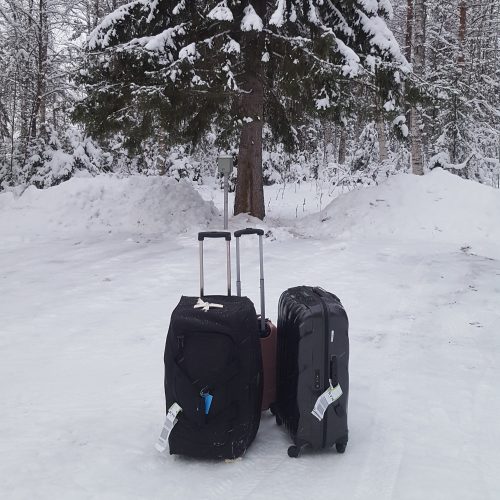
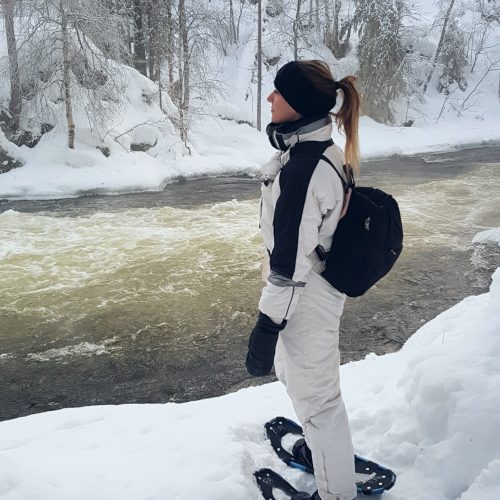
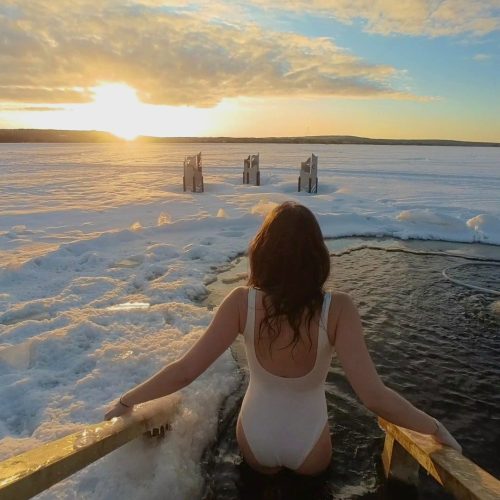
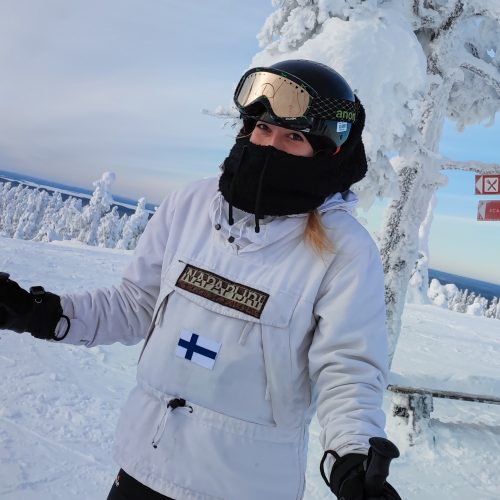
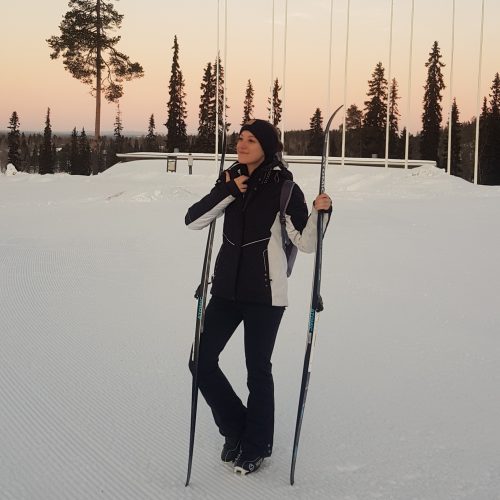
Packing List for Your Arctic Adventure
Depending on whether you’re traveling with a tour operator or independently, you may have larger gear like warm boots, overalls, and gloves provided upon arrival. This equipment is great for extended outdoor activities, but if you’re just strolling around town, lighter outdoor clothing will be more comfortable.
Outdoor Clothing:
- Winter jacket or overall (preferably with a hood for extra head warmth) and ski pants
- Mittens and inner gloves
- Snow boots, one size bigger
- Neck warmer and beanie
- Lighter ski pants and outdoor shoes for milder days or town walks
Technical Clothing:
- Thermal base layers (leggings and long-sleeve tops made of synthetic materials or merino wool)
- Wool, merino, or alpaca socks (at least 80% wool; one pair is often warmer than layering multiple)
- Fleece or wool sweaters for insulation
- Optional: Thin merino or silk liners for hands and feet
Indoor Clothing:
- Jeans or comfortable pants
- Sweaters and casual tops
- Sneakers or indoor shoes
- Regular underwear and socks
Useful Items:
- Heat pads (for hands and feet—lifesavers on especially cold days!)
- Ski goggles or sunglasses (for bright, snowy days)
- Headlamp (essential for dark winter afternoons)
- Swimsuit (for saunas and ice dipping)
- Insulated water bottle (prevents freezing during outdoor activities)
- Portable charger (cold drains batteries quickly—keep it close to your body)
- Small backpack (for day trips and activities)
Pharmacy Essentials:
- Hydrating face cream and cold-weather lip balm
- Your personal essentials (mine include: Tiger Balm for headaches, Propolis for sore throats, Cicalfate and Betadine for cuts, Antihistamines for allergies and Charcoal capsules for stomach issues)
- Sticky plasters for blisters or small injuries
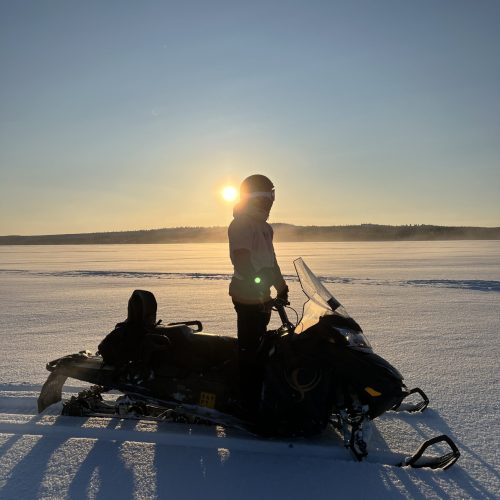
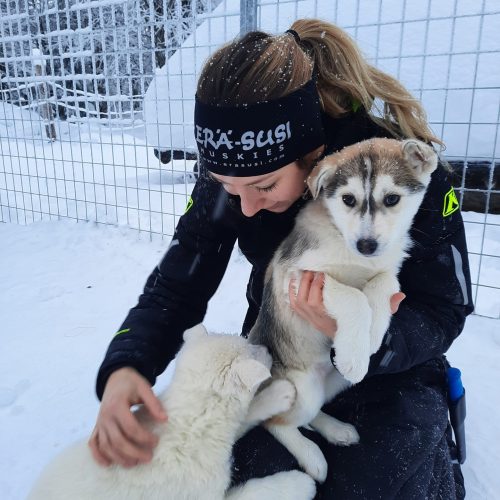
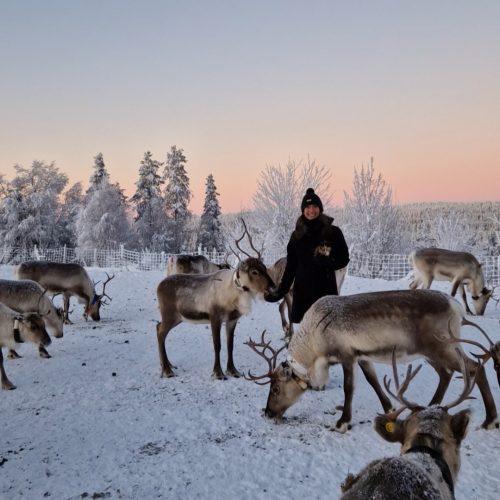
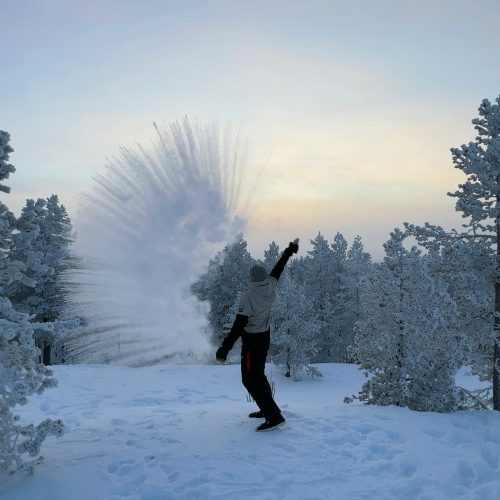

I hope these tips help you stay warm and cozy during your adventure. Enjoy every moment, whether you’re exploring snowy landscapes or relaxing under the northern lights!


